COFFEE PLANT
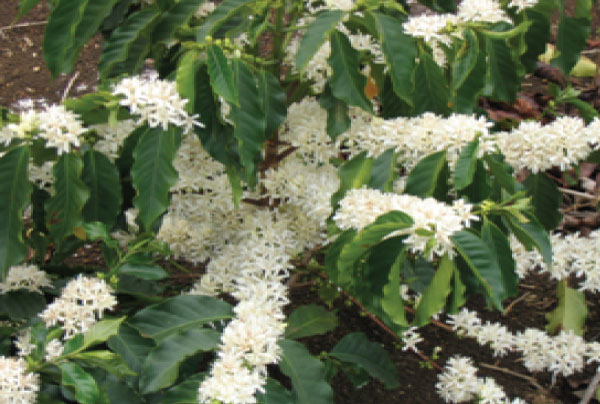
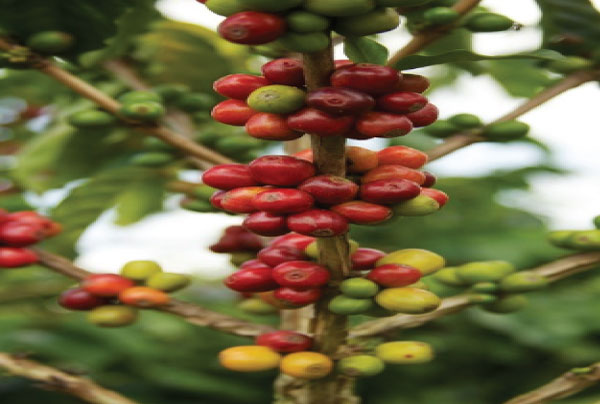
THERE ARE TWO TYPES COFFEE
Arabica COFFEE
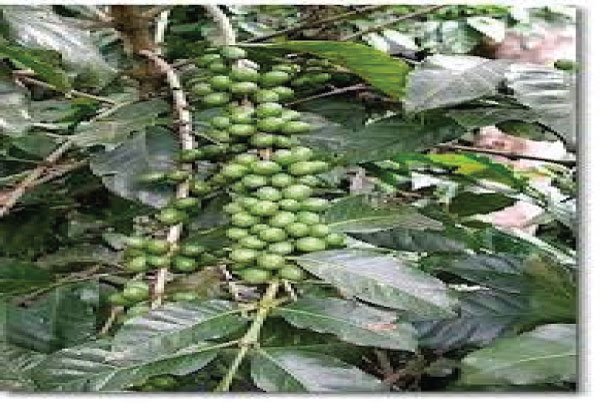
FEW BEANS - EXPENSIVE
ROBUSTA COFFEE
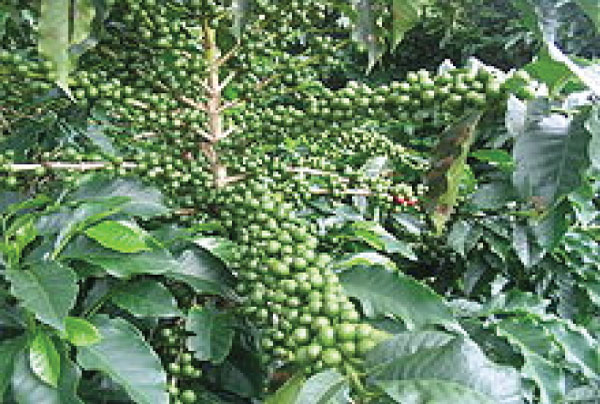
MANY BEANS – LESS EXPENSIVE
Conditions necessary for growth of coffee
•High rainfall – 1000mm and 2000mm
•Temperature ranging from 19°C to 26°C
•High altitude areas 1000m and 1500m for Robusta
•High altitude areas 1500m and 2000m for Arabica
•Deep, fertile, well drained and volcanic soils
•Protection from the direct sunlight when young
Coffee growing in Kenya
Coffee growing in Kiambu
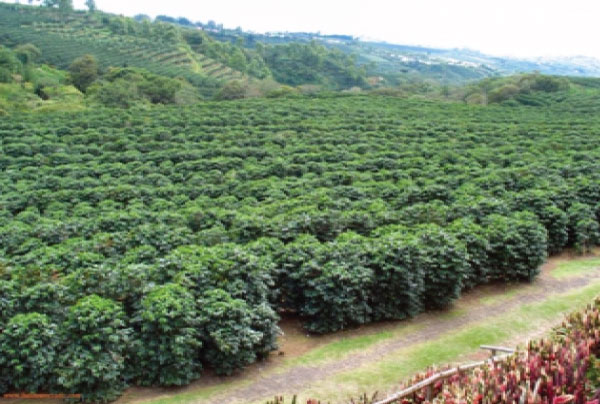
Harvesting coffee in Kiambu
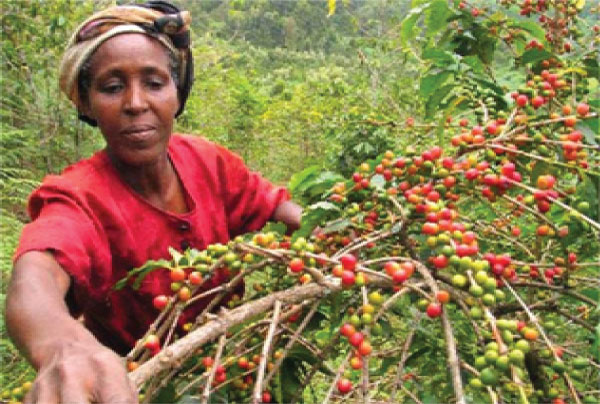
COFFEE GROWING AREAS KENYA-
COOL AND WET HIGHLANDS

ETHIOPIA-COOL AND HIGHLANDS
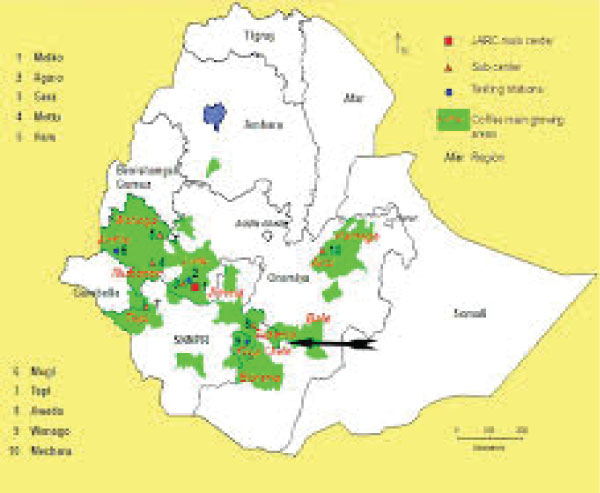
COFFEE GROWING IN KENYA
•Kenya grows mostly Arabica
•Arabica is grown in highlands of Kiambu, Meru, Embu, Nyeri and Meru counties
•Arabica is also grown around mt. Elgon, South Nyanza and Kisii
•Robusta is grown in Siaya, Bungoma and Busia counties
•Kenya’s coffee is grown by small scale farmers
•Coffee farmers’ societies collect, transport, store and market coffee
•Coffee Board of Kenya regulates coffee industry
COFFEE GROWING IN ETHIOPIA
•Ethiopia grows mostly Arabica
• Arabica is grown in highlands of South Western Highlands
•Coffee is also grown in Harar in the eastern highlands
•Ethiopia’s coffee is grown by small scale farmers
ECONOMIC IMPORTANCE OF COFFEE IN
KENYA AND ETHIOPIA
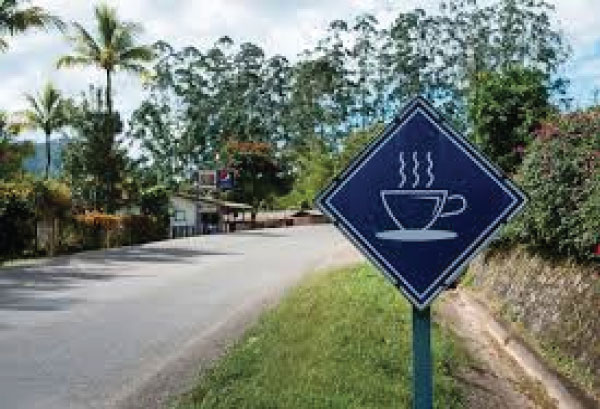 Coffee earns foreign exchange to both Kenya and Ethiopia
Coffee earns foreign exchange to both Kenya and Ethiopia


Coffee industry creates employment

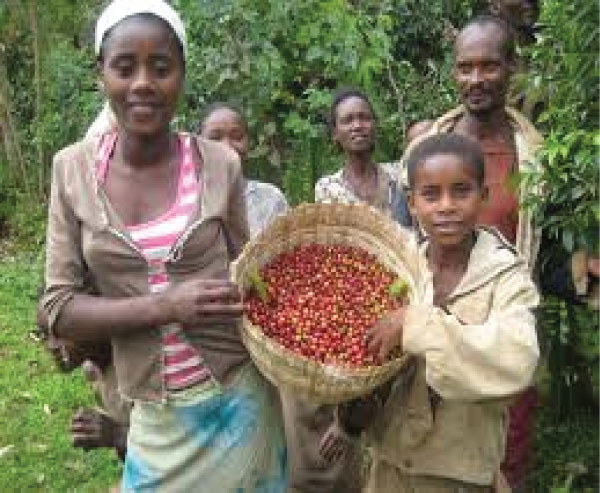
Coffee has led to the development roads, schools and factories

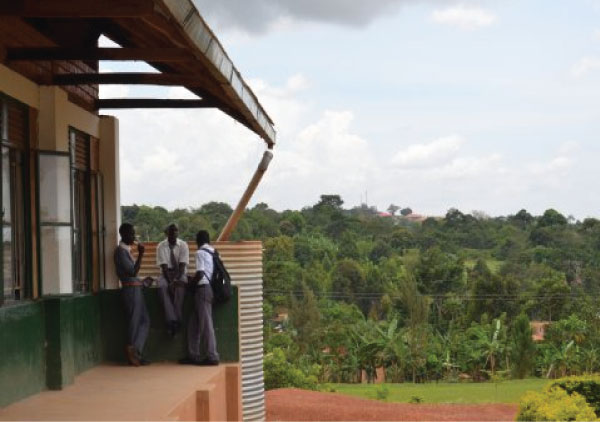
Coffee has led to better standards of living
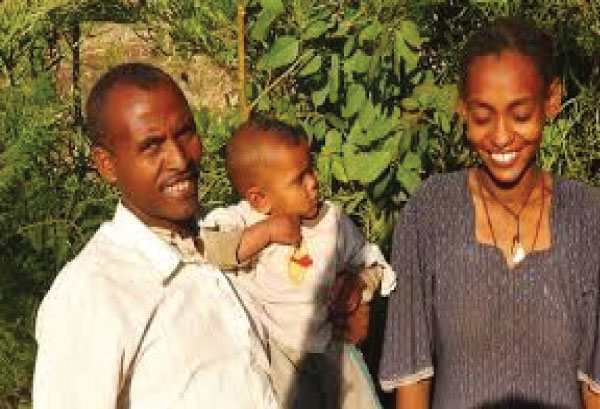
Coffee is used to make beverages

Coffee is used to make coffee charcoal (Briquettes)
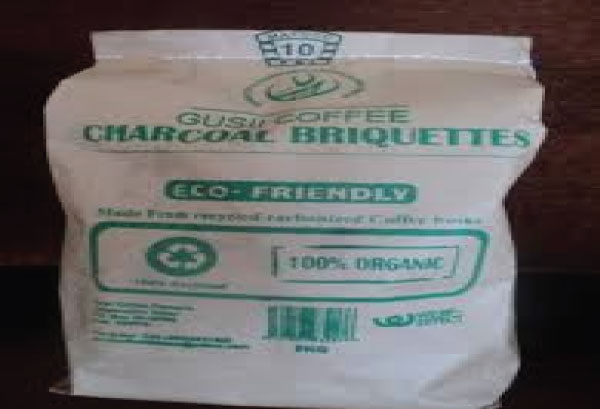
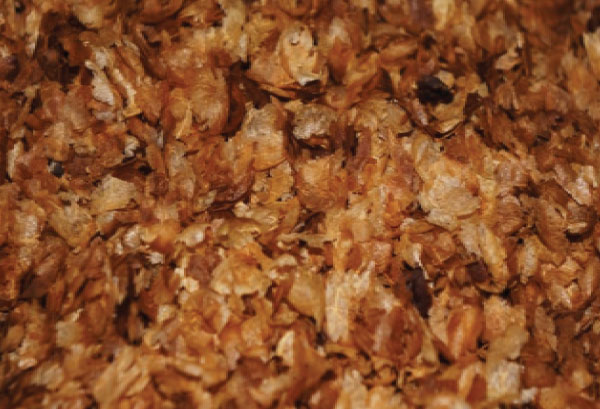
Coffee is used to flavour sweets


Coffee growing has led to industrialization
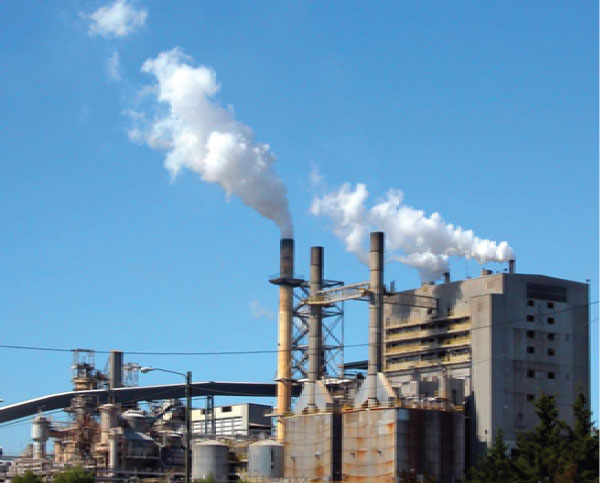
Fertilizer industry supplies coffee farmers with fertilizer
Coffee has led to international trade and good relationship with other countries
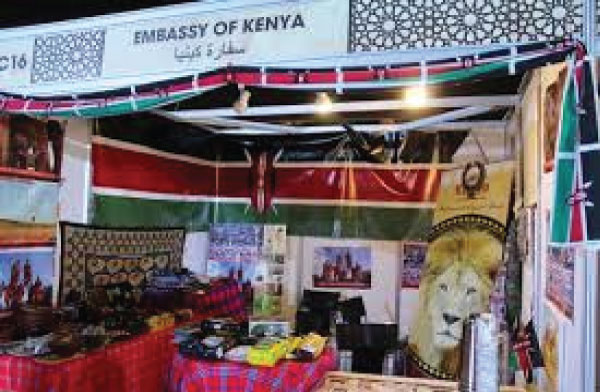
Questions
•The most commonly grown coffee in Kenya and Ethiopia is ______________
•Coffee is grown as c_____ c ______
•In Ethiopia coffee is grown in H________ and K_____
•Coffee requires c______ and w______ climate
•Two types of coffee are ________ and _______
•C.B.K. Stands for __________
•C __________ S__________ help farmers to process, store and transport coffee
•When coffee is exported the country earns f _________ e ________
Answers
•The most commonly grown coffee in Kenya and Ethiopia is Arabica
•Coffee is grown as cash crop
•In Ethiopia coffee is grown in Harar and Kaffa
•Coffee requires cool and wet climate
•Two types of coffee are robusta and arabica
•C.B.K. Stands for Coffee Board of Kenya
•Cooperative Societies help farmers to process, store and transport coffee
•When coffee is exported the country earns foreign exchange








 Coffee earns foreign exchange to both Kenya and Ethiopia
Coffee earns foreign exchange to both Kenya and Ethiopia












